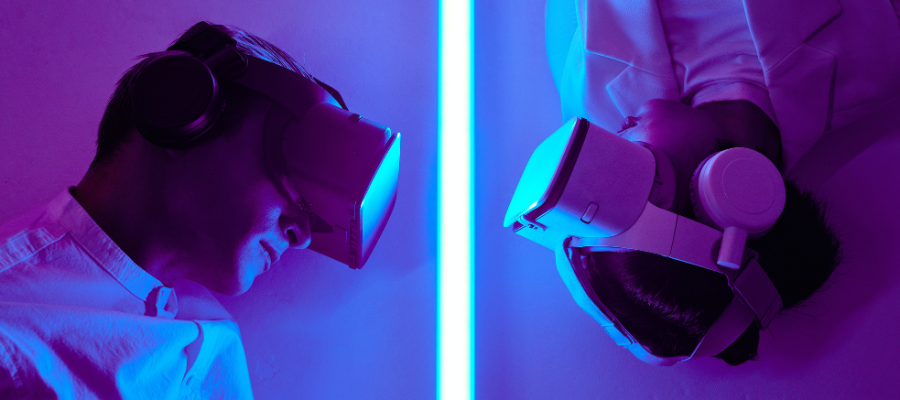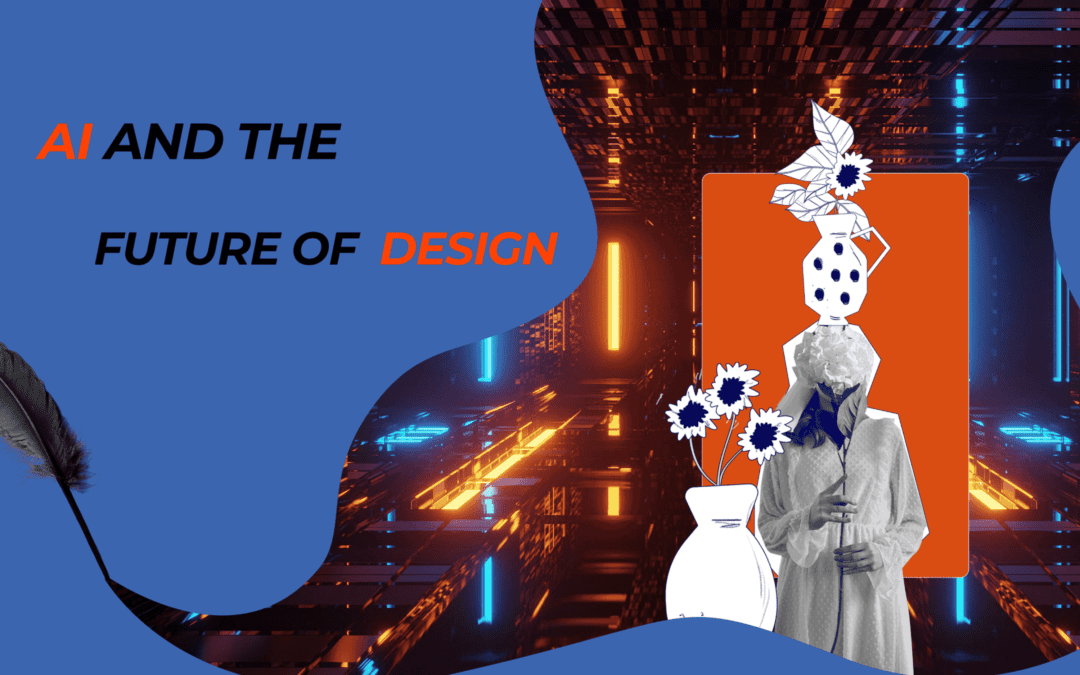In the ever-evolving landscape of design, AI has emerged as a disruptive force, shaping the future of creative industries. The transformative potential of Artificial Intelligence (AI) is becoming increasingly evident, with its ability to revolutionize various aspects of design. From streamlining workflows to unlocking new creative possibilities, AI is poised to redefine the way designers work and the outcomes they can achieve. In this blog post, the future of design and its profound connection to AI will be explored, highlighting the passive influence that AI will have on the design landscape.
THE 7 WAYS THAT AI WILL AFFECT THE FUTURE DESIGN
Enhanced Design Processes
AI will play a pivotal role in enhancing design processes by automating repetitive tasks and augmenting human capabilities. With AI algorithms being trained on vast amounts of data, designers can leverage these intelligent systems to analyze complex design problems and generate insightful recommendations. By employing AI-powered tools, design processes will become more efficient, allowing designers to focus on high-level creative thinking rather than mundane tasks.
Data-Driven Design Insights
The future of design will be driven by data, and AI will be at the forefront of extracting valuable insights from large datasets. By harnessing AI’s analytical capabilities, designers can gain deeper understanding of user preferences, behavior patterns, and emerging trends. AI algorithms can passively analyze vast amounts of data, providing designers with actionable insights to inform their design decisions. Through this passive analysis, designers can create more personalized and impactful designs that resonate with their target audience.


Intelligent Design Generation
With AI, design generation will reach new heights of innovation and creativity. Through passive learning from existing design concepts and styles, AI algorithms can autonomously generate design options that align with specific criteria and constraints. This intelligent design generation process will empower designers to explore a broader range of possibilities, unleashing new dimensions of creativity. Designers can then refine and iterate upon these AI-generated designs, infusing their unique perspectives and expertise into the final outcomes.
Human-AI Collaboration
The future of design lies in the seamless collaboration between humans and AI systems. While AI can provide valuable insights and recommendations, it is the designer’s expertise and creative intuition that give designs their human touch. AI acts as a passive partner, supporting designers in their decision-making process and augmenting their capabilities. This collaborative approach allows designers to leverage AI’s analytical power while infusing their unique artistic vision and design philosophy into the final output.


Design Optimization and Iteration
AI will revolutionize the optimization and iteration process of design. Through passive analysis of user feedback and real-time performance data, AI algorithms can identify areas of improvement and suggest iterative design changes. This passive optimization process will enable designers to create designs that continually evolve and adapt to meet changing user needs. By embracing AI as a passive guide in the iterative design process, designers can unlock new levels of refinement and usability.
Ethical Considerations in AI-Driven Design
As AI becomes more prevalent in the design field, ethical considerations become paramount. Designers must proactively address concerns such as bias, privacy, and transparency in AI-powered design processes. Passive measures must be implemented to ensure that AI algorithms are unbiased and respectful of diverse user perspectives. Designers should also prioritize the transparency of AI-driven design processes to maintain user trust and enable informed decision-making.


Redefining Design Professions
AI’s transformative power will reshape the landscape of design professions. While some tasks may be automated, new opportunities will arise as designers embrace AI as a passive tool. Designers will shift their focus from repetitive tasks to strategic thinking, problem-solving, and creative ideation. The design profession will evolve, requiring designers to upskill and adapt to work collaboratively with AI systems. The future of design lies in the harmonious coexistence of human creativity and AI-powered innovation.
In the future, the design profession will see a shift towards multidisciplinary collaboration, where designers work alongside data scientists, AI experts, and other specialists to harness the full potential of AI in design. This collaborative approach will enable designers to leverage AI’s passive influence and expertise in data analysis to create designs that are not only visually appealing but also rooted in user insights and market trends.
Conclusion
Moreover, AI will also have a significant impact on the accessibility of design tools and resources. Passive AI systems will democratize the design process by providing intuitive interfaces, automated suggestions, and easy-to-use tools that cater to users with varying levels of design expertise. This inclusivity will empower individuals who previously felt excluded from the design world to participate and contribute their unique perspectives.
The future of design and AI also holds promising prospects for sustainability and environmental consciousness. Passive AI algorithms can analyze environmental data, materials, and energy consumption patterns to guide designers towards more eco-friendly design choices. From optimizing material usage to reducing carbon footprints, AI can passively assist designers in making conscious decisions that contribute to a more sustainable future.
As AI continues to advance, designers must be mindful of the ethical implications and societal impact of AI-driven design. Passive AI systems must be developed and deployed responsibly, with considerations for fairness, accountability, and transparency. Designers have a crucial role to play in ensuring that AI is used ethically and for the benefit of society as a whole.
In conclusion, the future of design is deeply intertwined with the potential of AI. As designers embrace the passive influence of AI, they can leverage its capabilities to streamline processes, gain data-driven insights, and push the boundaries of creativity. AI will not replace designers but will augment their skills, allowing them to focus on strategic thinking, user-centered design, and innovation. By embracing AI as a passive partner, designers can create more impactful, inclusive, and sustainable designs that shape a better future for all. The harmonious collaboration between human creativity and AI-driven analysis will redefine the design landscape, opening up new possibilities and transforming the way we perceive and interact with design.
Contact Tectera for web design in Sri Lanka.






